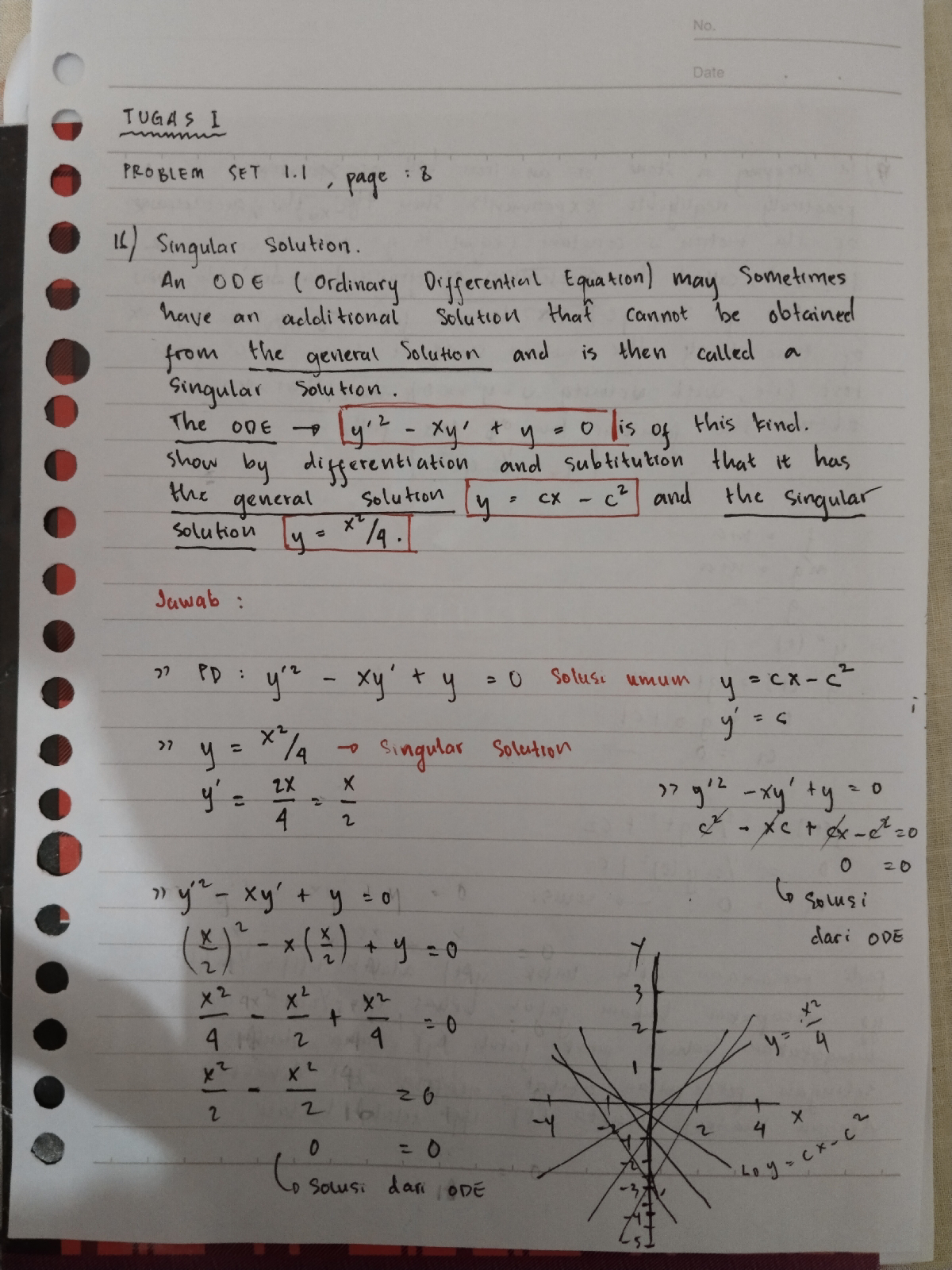Tugas Wahyuning trisnani
EXERCISE I :
3. For each of these relations on the set {1, 2, 3, 4}, decide whether it is reflexive, whether it is symmetric, whether it is antisymmetric, and whether it is transitive.
a) {(2, 2), (2, 3), (2, 4), (3, 2), (3, 3), (3, 4)}
b) {(1, 1), (1, 2), (2, 1), (2, 2), (3, 3), (4, 4)}
c) {(2, 4), (4, 2)}
d) {(1, 2), (2, 3), (3, 4)}
e) {(1, 1), (2, 2), (3, 3), (4, 4)}
f ) {(1, 3), (1, 4), (2, 3), (2, 4), (3, 1), (3, 4)
R1 = {(a, b) ∈ R2 | a>b}, the “greater than” relation,
R2 = {(a, b) ∈ R2 | a ≥ b}, the “greater than or equal to”relation,
R3 = {(a, b) ∈ R2 | a<b}, the “less than” relation,
R4 = {(a, b) ∈ R2 | a ≤ b}, the “less than or equal to”relation,
R5 = {(a, b) ∈ R2 | a = b}, the “equal to” relation,
R6 = {(a, b) ∈ R2 | a=b}, the “unequal to” relation.
34. Find
a) R1 ∪ R3.
b) R1 ∪ R5.
c) R2 ∩ R4.
d) R3 ∩ R5.
e) R1 − R2.
f ) R2 − R1.
g) R1 ⊕ R3.
h) R2 ⊕ R4
35. Find
a) R2 ∪ R4.
b) R3 ∪ R6.
c) R3 ∩ R6.
d) R4 ∩ R6.
e) R3 − R6.
f ) R6 − R3.
g) R2 ⊕ R6.
h) R3 ⊕ R5.
Answer :
a) R1 ◦ R1.
b) R1 ◦ R2.
c) R1 ◦ R3.
d) R1 ◦ R4.
e) R1 ◦ R5.
f ) R1 ◦ R6.
g) R2 ◦ R3.
h) R3 ◦ R3.
37. Find
a) R2 ◦ R1.
b) R2 ◦ R2.
c) R3 ◦ R5.
d) R4 ◦ R1.
e) R5 ◦ R3.
f ) R3 ◦ R6.
g) R4 ◦ R6.
h) R6 ◦ R6.
Answer :
EXERCISE II :
















Komentar
Posting Komentar